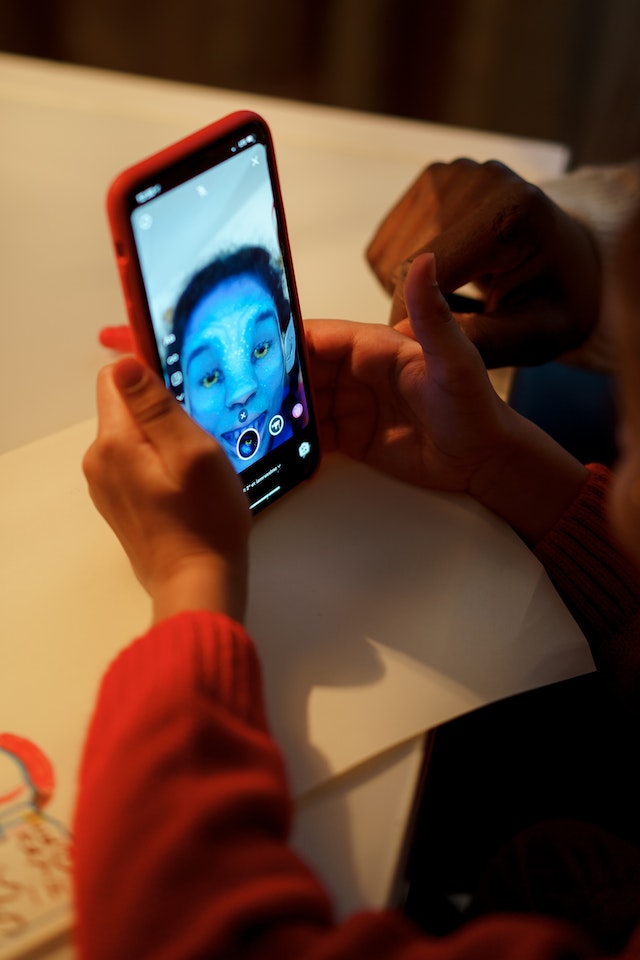Creating your Instagram Stories filter can be fun and rewarding, allowing you to express your creativity and share it with the world. Instagram Stories Filter, is built using Spark AR Studio, a free software provided by Facebook that will enable you to create augmented reality (AR) effects for Instagram, Facebook, and other platforms. In this guide, I’ll walk you through the steps to create your Instagram Stories filter.
For More Information, https://comprarseguidoresargentina.com/
Table of Contents
Step 1: Download Spark AR Studio
First, you must download Spark AR Studio from the official website. It’s available for both Mac and Windows.
Step 2: Familiarize Yourself with Spark AR Studio
Before diving into the creation process, take some time to explore Spark AR Studio. Familiarize yourself with the interface, tools, and available assets. The software may seem overwhelming at first, but you’ll find it more manageable with practice.
Step 3: Create a New Project
Open Spark AR Studio and click on “New Project.” Choose the “Instagram” option, as we’re creating an Instagram Stories filter.
Step 4: Import Assets
Now, let’s import the assets you want to use for your filter. These assets could be 2D or 3D objects, animations, textures, or sounds. Instagram Stories Filter, You can find free assets on websites like Sketchfab, TurboSquid, or the Facebook AR Library. To import assets, click the “Add Asset” button and select the files from your computer.
Step 5: Customize the Scene
In Spark AR Studio, your project is built around a “scene.” The scene is where you place and manipulate objects, apply effects, and control the behavior of your filter.
Drag and drop the assets you imported into the scene. Arrange and resize them as needed. Use the manipulation tools in Spark AR Studio to rotate, scale, and position the objects precisely.
Step 6: Add Interactivity
An engaging Instagram Stories filter often includes interactivity. Spark AR Studio provides several ways to add interactions to your filter. You can use the Patch Editor, a node-based visual scripting tool, to create interactions without writing code.
For example, you can create filters that respond to the user’s facial movements, tap gestures, or voice. Experiment with different interactions to make your filter more fun and engaging.
Step 7: Test Your Filter
Spark AR Studio allows you to preview your filter directly on your phone. To do this, you need to download the Spark AR Player app from the app store on your phone.
Connect your phone and computer to the same Wi-Fi network, and then click on the “Connect” button in Spark AR Studio. Open the Spark AR Player app on your phone, and you should see a live preview of your filter.
Step 8: Refine and Optimize
Testing your filter will help you identify any issues or areas for improvement. Instagram Stories Filter, Take note of any bugs, glitches, or performance problems. Refine your filter based on the feedback you receive during testing.
Optimize your filter’s performance to ensure it runs smoothly on various devices. Avoid overly complex assets or effects that might slow the filter’s performance.
Step 9: Submit for Review
Once you’re satisfied with your filter, it’s time to share it with the world. To publish your filter on Instagram, you’ll need to submit it for review by Facebook. Go to the Spark AR Hub website, log in with your Facebook account, and submit your filter for review.
Review times may vary, but once your filter is approved, you can access it through the Effects Gallery on Instagram. It will be available for users to apply to their Stories and share with their followers.
Step 10: Promote Your Filter
Congratulations! Your Instagram Stories filter is now live. Promote it on your social media channels, encourage friends and followers to use it, and engage with users who use your filter. You can also collaborate with influencers or partner with brands to increase the visibility of your filter.
Remember that creating an exciting and unique filter takes time and practice. Keep experimenting, gathering feedback, and learning from other creators to improve your skills.
Can I create an Instagram Stories filter without coding experience?
You can create an Instagram Stories filter without coding experience using Facebook’s Spark AR Studio. Instagram Stories Filter, Spark AR Studio provides a user-friendly interface and a wide range of templates, assets, and effects that allow you to create filters without any coding knowledge.
How do I get started with creating my own Instagram Stories filter?
Download and install Spark AR Studio from the official website to get started. Once installed, open the software and explore the templates and tutorials available once installed. You can start by customizing existing templates or creating filters from scratch using the provided tools and assets.
Can I test my filter before publishing it?
You can test your filter directly on your Instagram account using Spark AR Hub. Connect your Instagram account to Spark AR Studio and use the ‘Test on Device’ feature to try out your filter on your phone or tablet. This allows you to make necessary adjustments and ensure your filter works as expected before publishing it.
Conclusion:
Creating your own Instagram Stories filter using Spark AR Studio allows you to express your creativity, engage with your audience, and be a part of the growing AR community on social media. Enjoy the process, and have fun sharing your filter with the world!










